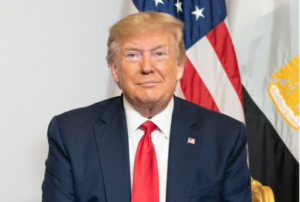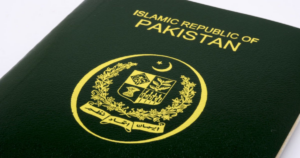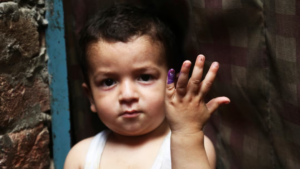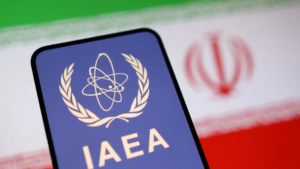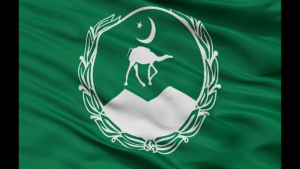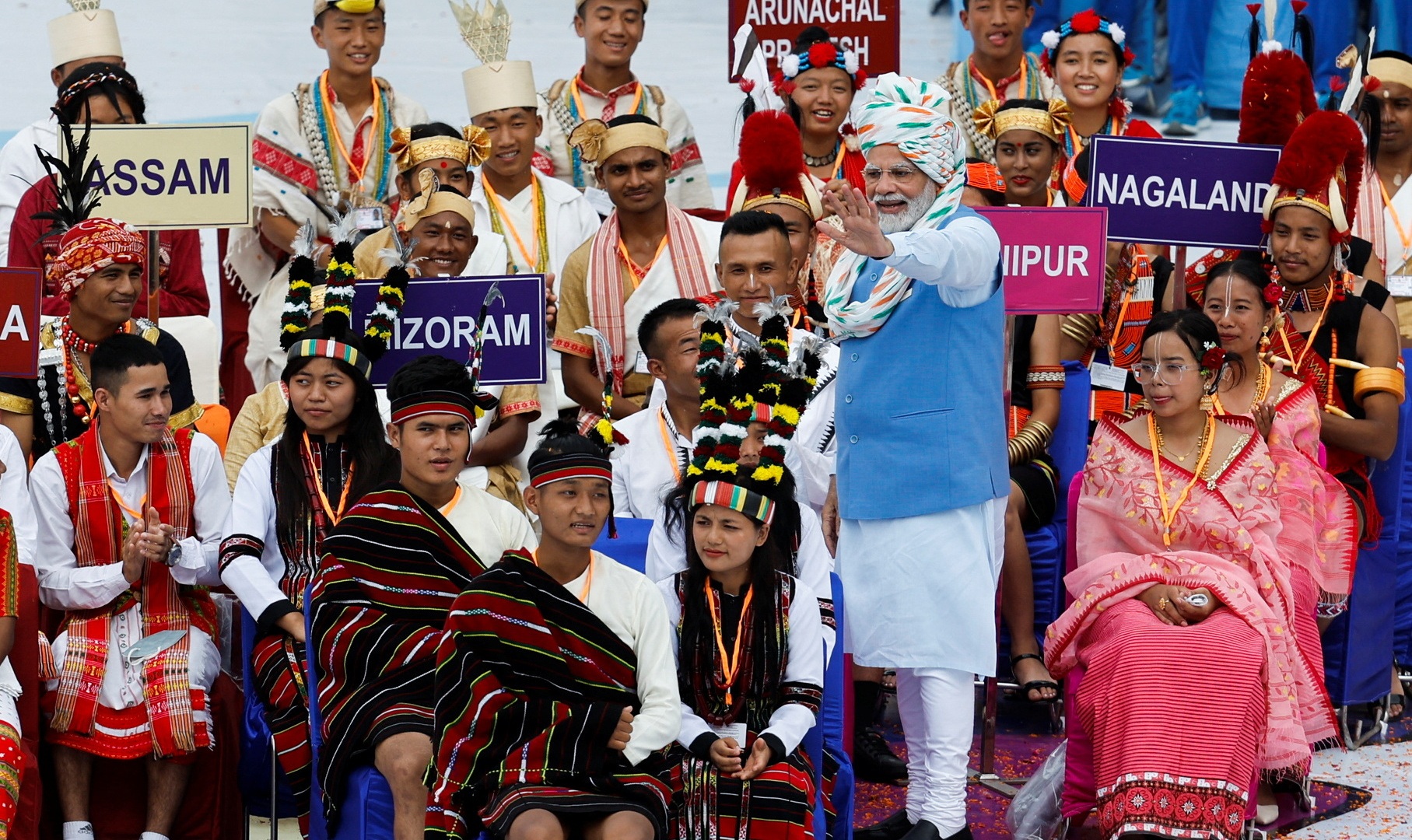
Today, it has been 75 years since India gained its independence from British rule.
The lead-up to this occasion has been marked by much pomp and circumstance. The government of India launched the “Azadi ka Amrit Mahotsav” initiative on March 12, 2021, commencing a 75-week countdown to the 75th Independence Day. The initiative is meant to commemorate the independence struggle, celebrate ideas, actions and achievements that have shaped the nation and reinforce the country’s commitment to goals and targets that will take India to greater heights in its journey to 2047, when it will turn 100.
Though, a closer look at India’s “report card” reveals that it is faltering on several fronts. As is often the case, the Modi government has run yet another successful marketing campaign that has struck a chord with many citizens. But there is very little to celebrate about India at 75.
An economy in crisis
India’s economy is in crisis and has been since long before the beginning of the COVID-19 pandemic which devastated the global economy. Indeed, on the eve of the first COVID-19 lockdown India’s nominal gross domestic product (GDP) growth was the lowest it has been since 1975-76. Exports and investments were also on a downward trend.
As was the case the world over, the Indian economy witnessed a sharp downturn during the pandemic. GDP growth declined by 23.9 percent and, in 2020-21, the GDP shrank by 7.3 percent. The effect of this downturn was felt most severely by the country’s poorest. In 2021, a study by the Pew Research Center showed that the number of people in India living on $2 or less a day increased by 75 million due to the recession during the pandemic. This increase accounted for 60 percent of the “global increase in poverty”. The study also found that the size of the Indian middle class shrunk by 32 million in 2020. This also accounted for 60 percent of the “global retreat” from the middle class.
At present, India’s economy now seems to be somewhat on the mend. Nonetheless, the current spike in global energy and food prices due to the Russian invasion of Ukraine has had a significant effect on post-pandemic economic recovery. Food and beverage inflation has been eating the already squeezed household budgets of the poor and middle class. In June 2022, the unemployment rate was 7.8 percent – a 0.7 percent increase from May. In the 20-24 age group, the unemployment rate was at 43.7 percent. The Indian rupee has also been losing value against the dollar and this will have a detrimental effect on import-heavy sectors.
Faulty policymaking
National policymaking has not been a testament to good governance either. This was all the more evident during the pandemic. While India was classified as a country at “high risk” of a devastating COVID-19 outbreak soon after the virus was first identified in China, the government has been slow in putting in place preventive measures. The World Health Organization (WHO) declared the COVID-19 outbreak a global public health emergency on January 30, 2020. However, Prime Minister Narendra Modi’s first statement on the pandemic, in the form of a tweet did not come until March 3. The Ministry of Health and Family Welfare launched its COVID-19 awareness campaign on March 6. Until then, the only public health advice on the matter was coming from the Ministry of AYUSH (Ayurveda, Yoga & Naturopathy, Unani, Siddha and Homoeopathy). And the AYUSH advisory on COVID included little more than a list of ayurvedic and homoeopathic preventive measures and remedies.
Eventually, a national lockdown – with only four-hour notice – was announced on March 24. The way the world’s biggest lockdown was instituted itself was a testament to bad governance and misplaced political priorities. The four hours’ notice was meant to represent resolute leadership in the face of a global crisis. However, with little information on whether there would be access to vital commodities during the lockdown, panicked citizens ignored all social distancing guidelines and rushed to the stores to stock up on essentials just before locking down to prevent transmission.
The way the lockdown was implemented also failed to consider the effect it would have on the poor, especially informal and migrant workers who play a central role in the upkeep of the economies of India’s large cities. As businesses shuttered, millions found themselves jobless and without a means of transport to return to their villages. Many ended up walking hundreds of miles home, turning the lockdown into a humanitarian crisis. The prime minister apologised for the effect of the lockdown on the country’s most vulnerable and said, “When I look at my poor brothers and sisters, I definitely feel that they must be thinking, what kind of prime minister is this who has placed us in this difficulty … I especially seek their forgiveness.” He added, however, “There was no other way to wage war against coronavirus … It is a battle of life and death and we have to win it.”
When Modi set up the Prime Minister’s Citizen Assistance and Relief in Emergency Situations Fund, it was not mere happenstance that the abbreviation read “PM CARES Fund”. The relief fund was meant to assist the poor. However, critics questioned the need for such a fund when $500m in the much older Prime Minister’s National Relief Fund remained unused. Some have argued the fund is being used by corporate donors – who are required by law to allocate 2 percent of their net profits towards Corporate Social Responsibility (CSR) – to funnel funding that was earmarked for CSR activities. The Ministry of Finance also issued an ordinance to make all donations to PM CARES tax-free. The government has been reluctant to divulge information about the spending of the funds and many have speculated that the fund was a way for corporate donors to curry favour with the prime minister.
The second wave of the pandemic devastated India in March 2021. The tragic outcome, however, was not entirely unexpected. Access to reliable and affordable healthcare is scarce in India. The public healthcare system is weak and lacks the resources to contend with a global pandemic. The largely unregulated private healthcare providers are also unreliable and costly. Private and public hospitals ran out of beds very quickly with the surge of infections. Without a national oxygen supply coordination system, oxygen producers were also unable to meet the needs of areas hardest hit by the pandemic.
Nevertheless, India could have still limited the impact of the second wave on its population, if only its government took the threat seriously and followed sensible policies. In a bid to boost his image, and against the advice of experts, Modi had already declared victory over the pandemic in January that year. The vaccination drive was also slow, as the government had failed to secure enough doses of the COVID-19 vaccine for domestic use – this, despite India being the largest producer of vaccines and generic drugs. Not long before the onset of the second wave, Modi approved a large religious festival in the ancient city of Haridwar in the state of Uttarakhand. The Kumbh Mela went ahead without following any social distancing precautions and is now considered the world’s largest super-spreader event. The surge in infections in March and April can also be blamed on the Modi government’s decision to allow assembly elections at the height of the pandemic despite ample warning that they would speed up transmission.
Islamophobia as public policy
On its 75th birthday, democracy also appears to be in decline in India. The human rights of minority groups are under constant attack, and Islamophobia has become a public policy in the country. Indeed, lynchings, Islamophobic misinformation campaigns and cultural intimidation are an everyday facet of the lives of Indian Muslims.
In 2019, for example, the Parliament of India passed the Islamophobic Citizenship Amendment Act (CAA). CAA granted a fast track to Indian citizenship to non-Muslim migrants from neighbouring Pakistan, Bangladesh, and Afghanistan, undermining “constitutional equality” by inserting religion as a qualifier for citizenship. The government brutally suppressed the protests against the act, branding them “anti-national”. Anti-CAA activists were arrested and denied bail using India’s draconian anti-terror law.
Also in 2019, the BJP government revoked Muslim-majority Kashmir’s special status in the Indian constitution. The move not only fulfilled the longstanding Hindu nationalist promise to ensure that Indian-administered Kashmir is (at least constitutionally) an integral part of territorial India, it also established a new pathway to Hinduise the state. Furthermore, in order to curb protests against the revocation of its special status and autonomy, the government introduced a communication blackout and shut down cable TV, internet and phone lines for several months across the territory.
Silencing opposition
Beyond its efforts to intimidate and subdue India’s Muslims, the government has also been engaged in a wider campaign to silence all dissenting voices. In 2021, for example, it was revealed that Israeli spyware Pegasus was used to surveil opposition politicians, journalists, and activists in India.
Modi and his government have also spearheaded a crackdown on human rights organisations. In 2020, Amnesty International had to shut down its operations in India after its bank accounts were frozen and office premises raided. While the government insisted that Amnesty had violated regulations for receiving donations from abroad, the NGO itself – just like most of the international community – interpreted it as a response to its criticism of India’s human rights record.
In recent years, the government also prevented several activists and journalists critical of its policies from travelling abroad. Many government critics have also been spied on, arrested on terror-related charges, and then held without trial. Police have been accused of planting incriminating evidence on the computers of activists and arresting them on bogus charges.
As a result of all this, India went down eight places compared with 2019 and ranked 150 among 180 nations in Reporters Without Borders’ 2022 Press Freedom Index. It also scored just 66 out of 100 in this year’s Freedom House Democracy Index and has been placed in the category of “partially free”.
Admittedly, as this “report card” demonstrates, there is not much for India to celebrate on its 75th birthday. If the country wants to have something real to celebrate at its next milestone birthday in 2047, it needs to start acknowledging its many failings and working towards building a more free, equal and democratic society and state.
The views expressed in this article are the author’s own and do not necessarily reflect Al Jazeera’s editorial stance.

